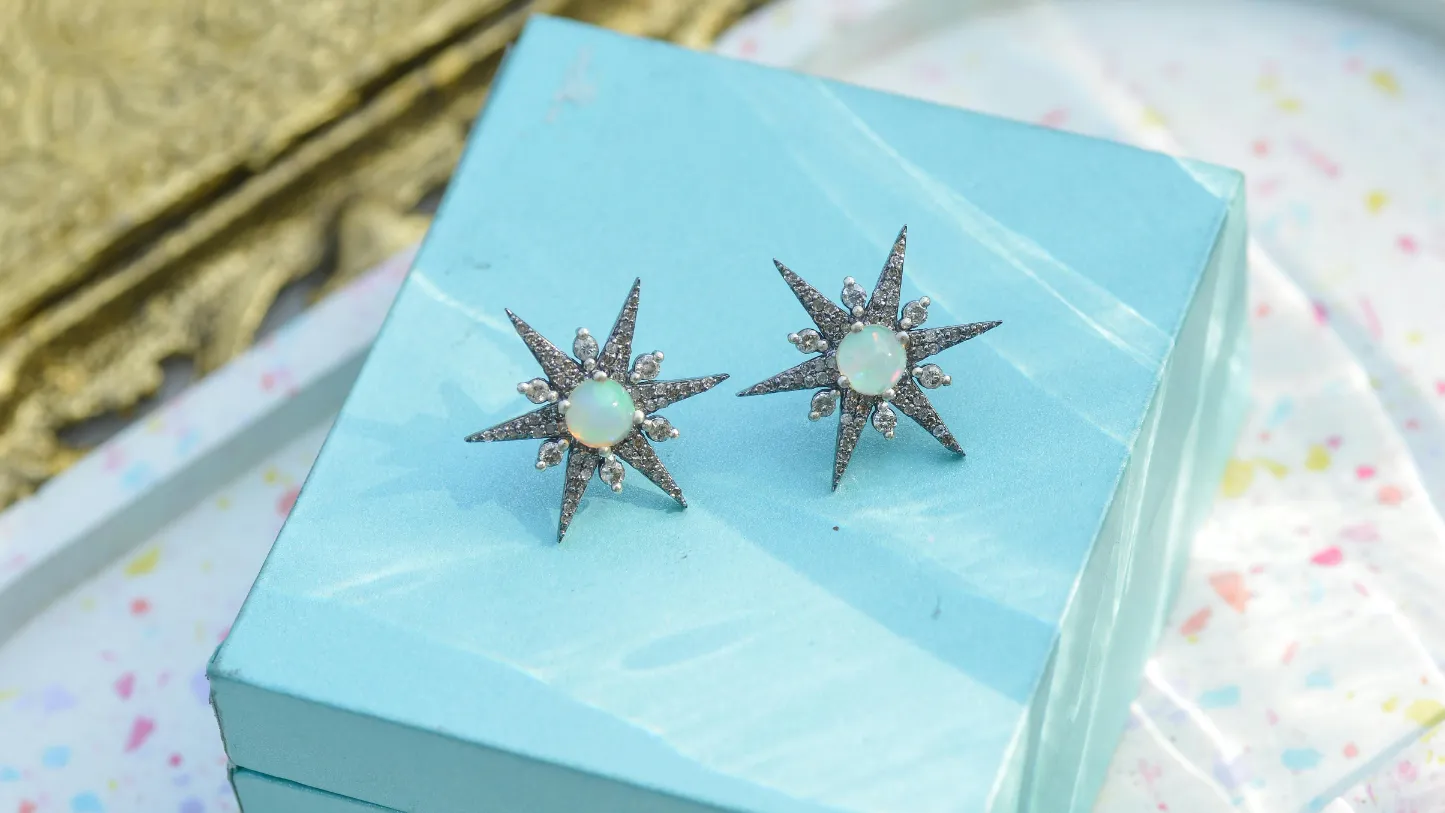
10 Best Customizable Jewelry Packaging Solutions for Standout Branding
2024-10-10

Deboss and emboss look like opposite-character twins, both of which are printing technologies for surface treatment. If you need to print business cards or invitations frequently, you must be familiar with these two processes. They can all add colour to a mundane presentation. But which technology will bring more value to your brand? Let’s find out in this today’s Richpack jewelry packaging guide article.
We may know what the printing effect of debossing and embossing is, but we do not know their specific processes. Refrain from assuming this is something a print specialist should know. As a jewelry brand, understanding their process can also help us prevent landmines.
Embossing is like extroverted technology. Just like Renaissance relief, this process makes the logo or text you need to present the effect appear above the material plane, giving your brand’s logo and text a three-dimensional life and a strong visual impact. Embossing is a process in which a pair of hard, soft, concave, and convex rolls emboss the fabric at a specific temperature, using the plasticity of the fiber to produce the embossing effect.
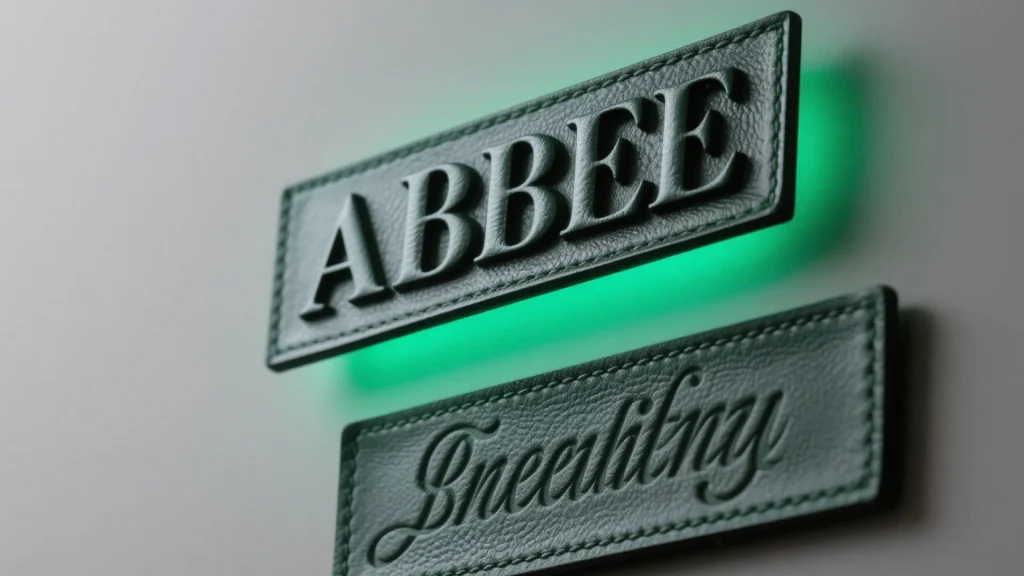
Debossing’s pattern or text is lower than the surface of the material, forming a concave effect, giving an introverted and delicate feeling, and can feel a slight pit when touched. Concave printing is generally the use of molds or plates to exert pressure on the surface of the material, the use of engraving intaglio, embossing, and other methods, and the material extrusion deformation to form a concave.
72% of Americans believe that product packaging design will affect their purchasing decisions when choosing which products to buy. Deboss and emboss allow jewelry packaging to reflect different design styles. In order to win the hearts of the most customers, we must study the differences between these two technologies and the design in jewelry packaging. Here are various kinds of difference between emboss and deboss.
The visual and tactile elements of jewelry packaging play a crucial role in creating memorable unboxing experiences. Embossing delivers immediate visual impact, drawing the eye to raised design elements that literally stand above the surface. This three-dimensional effect creates shadows and highlights that change with viewing angles, making embossed jewelry boxes particularly captivating under retail lighting.
In contrast, debossing offers a more subtle and sophisticated aesthetic. The recessed impressions create an understated elegance that appeals to luxury brands seeking refined presentation. While embossed designs command attention through their prominence, debossed elements invite closer inspection and intimate interaction.
The tactile experience differs significantly between the two techniques. Embossing adds texture and dimension that customers can feel, creating a premium sensation when handling the packaging. The raised surfaces provide satisfying feedback to fingertips, reinforcing quality perceptions. Debossing, with its sunken effect, offers a unique tactile journey as fingers explore the recessed areas, discovering hidden details and experiencing the craftsmanship through touch.
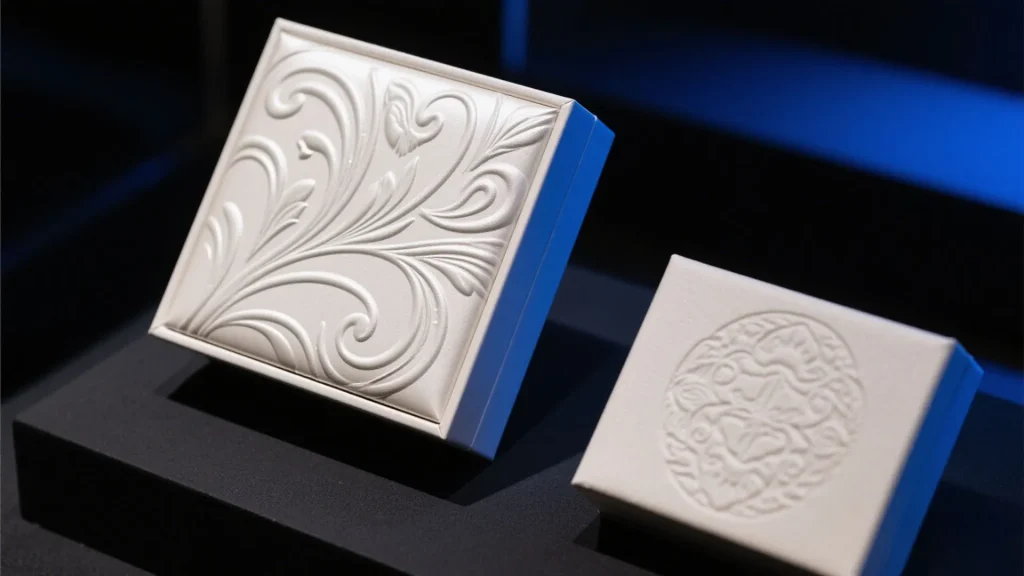
Textural elements in jewelry packaging serve as powerful brand identifiers. When customers repeatedly encounter the same embossed or debossed patterns, these tactile memories become associated with the brand experience. Embossing particularly excels at creating bold, memorable brand impressions that remain recognizable even from a distance.
For brands seeking dramatic or theatrical effects, embossing provides the perfect solution. The raised elements can showcase logos, monograms, or decorative patterns that become signature brand elements. This technique works exceptionally well for brands targeting younger demographics or those emphasizing bold, contemporary aesthetics.
The consistency of texture across packaging lines reinforces brand identity. Whether using embossed text for product names or debossed patterns for background textures, maintaining uniform application creates cohesive brand experiences. This textural branding extends beyond visual recognition—customers begin to anticipate and seek out these familiar tactile elements.
Packaging texture directly influences perceived value and quality. Studies show that consumers associate textured packaging with premium products, and both embossing and debossing capitalize on this psychological connection. The additional production steps required for these techniques signal attention to detail and investment in presentation.
Debossing specializes in creating subtle, understated impressions that appeal to sophisticated consumers. This technique suggests restraint and refinement, qualities highly valued in luxury jewelry markets. The recessed designs require closer examination, creating an intimate discovery moment that enhances the perceived exclusivity of the product.
Consumer research indicates that textured packaging increases purchase likelihood by up to 30% in jewelry categories. The combination of visual appeal and tactile engagement creates multisensory experiences that forge stronger emotional connections with products, ultimately influencing buying decisions and brand loyalty.
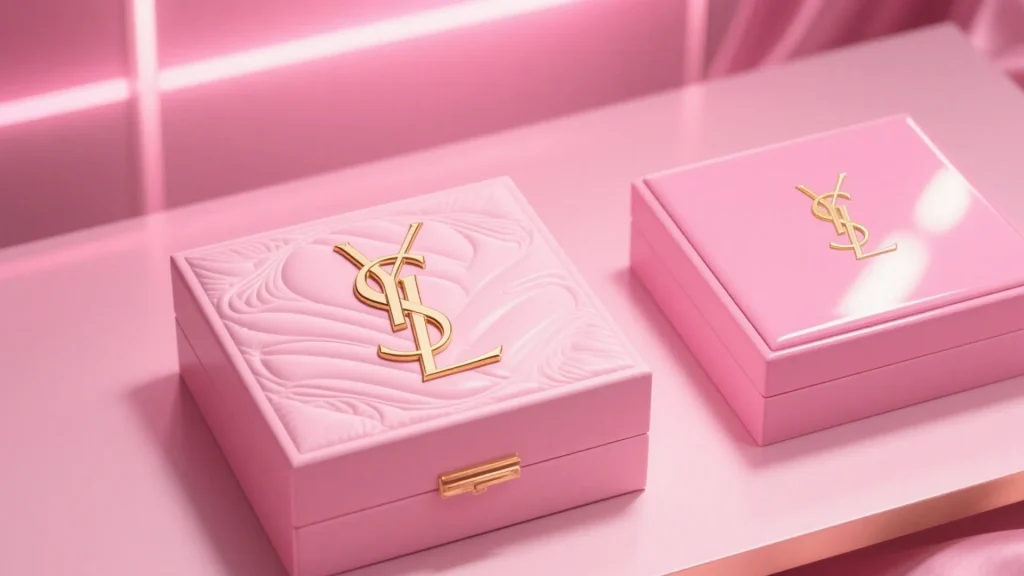
The visual hierarchy created by embossed text makes it ideal for primary messaging. Brand names, product lines, or key selling points rendered in embossed letters command immediate attention. The raised letterforms catch light differently throughout the day, creating dynamic visual interest that static printing cannot achieve.
Debossed text offers sophisticated subtlety perfect for secondary information or elegant branding. The recessed letters create intriguing shadow play that reveals itself upon closer inspection. This technique works beautifully for minimalist designs where restraint communicates luxury more effectively than bold statements.
The interplay between embossed and debossed elements creates compelling visual narratives. Many premium jewelry brands combine both techniques, using embossing for primary branding while employing debossing for decorative elements or authentication marks. This layered approach adds depth and complexity to packaging designs.
Blind embossing represents the purest form of the technique, relying solely on raised impressions without additional colors or foils. This method creates elegant, monochromatic designs perfect for luxury jewelry packaging seeking understated sophistication. The absence of color focuses attention on form and shadow, making it ideal for premium brands emphasizing craftsmanship.
Foil embossing combines dimensional relief with metallic brilliance, creating show-stopping effects perfect for jewelry packaging. Gold, silver, and rose gold foils complement jewelry aesthetics while adding perceived value. The combination of height and shine creates maximum visual impact, making this technique popular for limited editions and special collections.
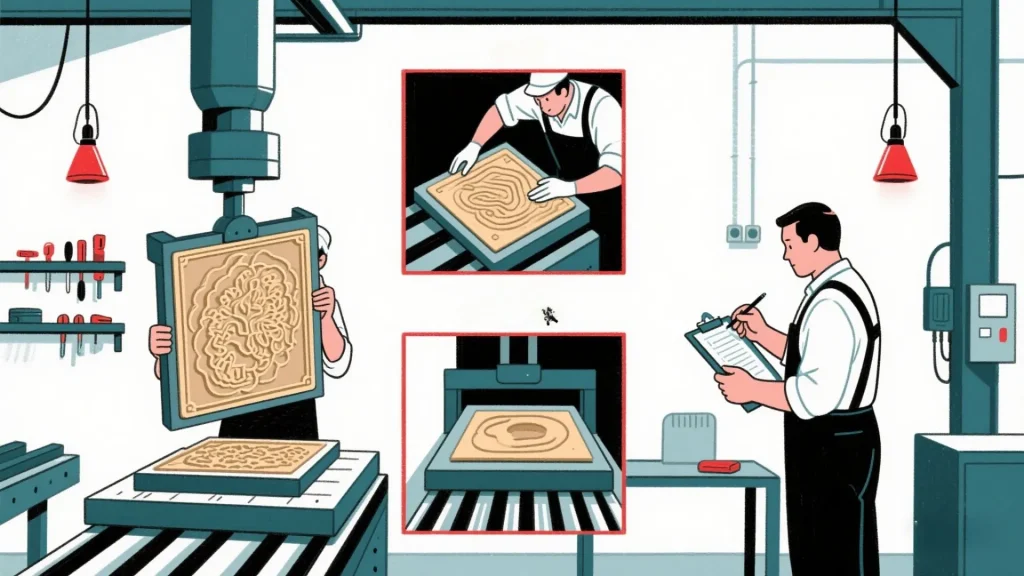
Registered embossing requires precise alignment between embossed elements and printed designs. This advanced technique creates cohesive designs where raised areas perfectly match printed graphics. For jewelry packaging, this allows brands to create complex, multi-layered designs that showcase technical expertise while maintaining visual harmony.
Blind debossing creates subtle impressions that rely on shadow and texture for visibility. This minimalist approach suits contemporary jewelry brands seeking clean, modern aesthetics. The technique works exceptionally well on premium paper stocks where the material quality shines through the simple yet elegant impressions.
Foil debossing adds metallic accents to recessed designs, creating an intriguing contrast between depth and brilliance. This technique offers unique visual effects as foiled areas sit below the surface level, creating unexpected interactions with light. For jewelry packaging, this can mirror the way gemstones are set into metal, creating conceptual connections with the products inside.
Combination techniques merge embossing and debossing to create complex, multi-dimensional designs. This approach allows jewelry brands to create packaging with varied tactile experiences—raised logos might be surrounded by debossed decorative patterns, or embossed product names could float above debossed backgrounds. These sophisticated applications demonstrate premium quality and attention to detail that resonates with luxury jewelry consumers.
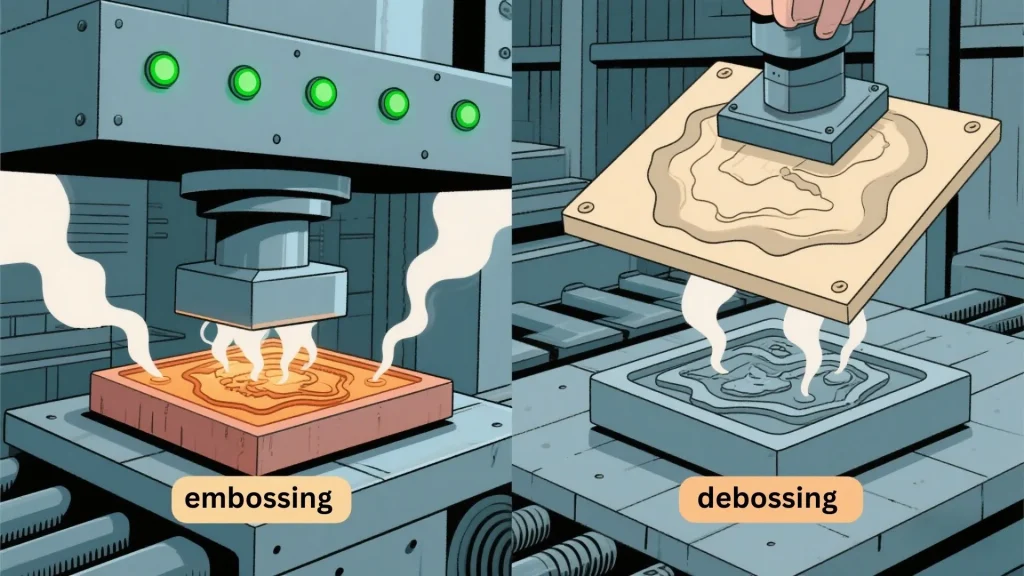
The difference between deboss and emboss is essentially two plate die designs, one on each side of the paper or card, which emboss the image by applying heat and pressure to the die. We think both are good designs, and you can choose to deboss the design simultaneously as embossed text. If you need further expert advice, you can click here to contact us. We can help you achieve the best results for your packaging project.
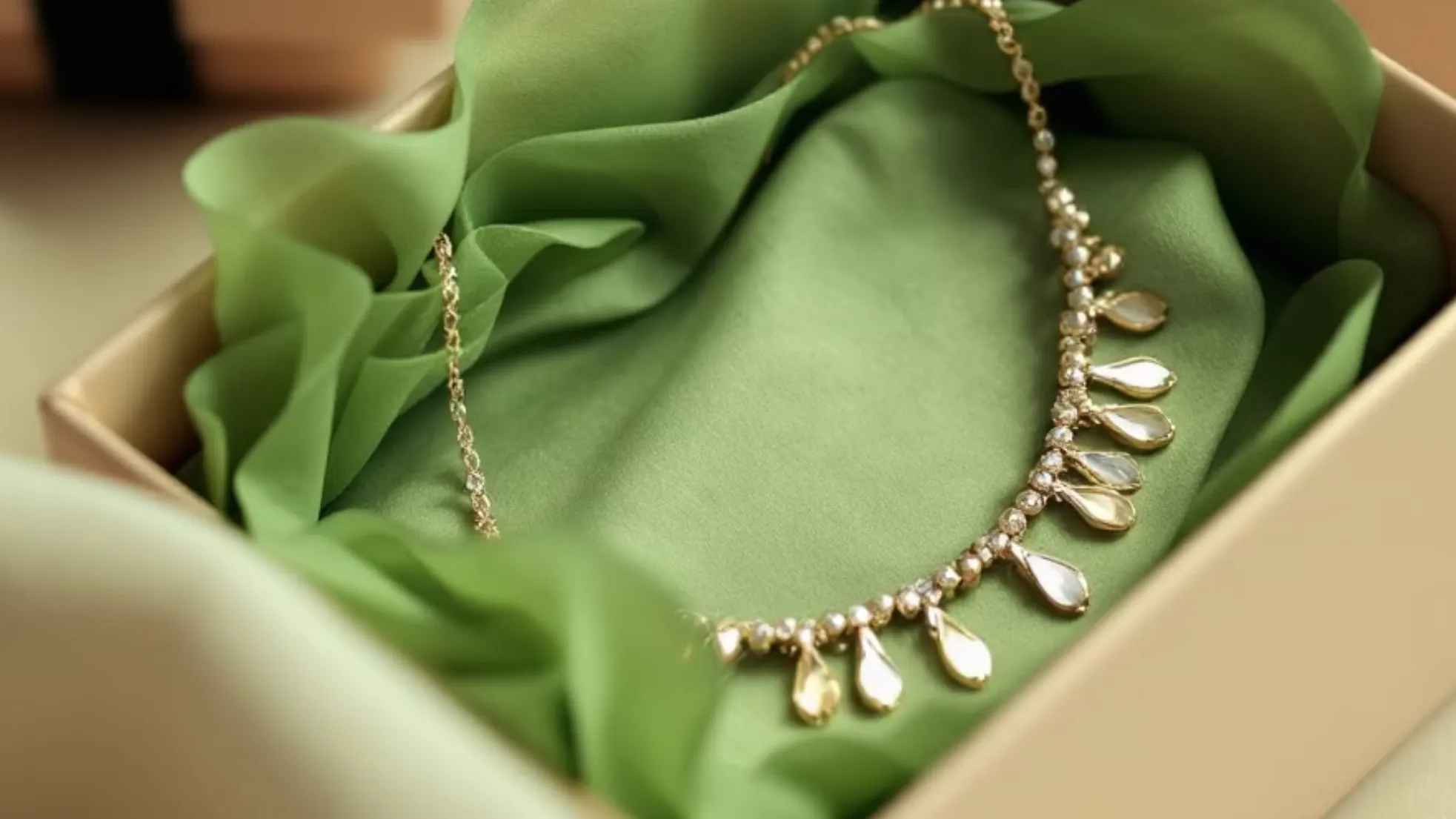
According to a survey by Accenture, more than half of consumers said they would be willing to pay more for sustainable products that are reusable or recyclable. Even in the luxury space, how jewelry is packaged is as important as the jewelry itself. Brands’ sustainable values and eco-friendly packaging solutions will influence consumers and the… Continue reading Jewelry Packaging with Embossed vs. Debossed Text: Which Technique Adds More Value?
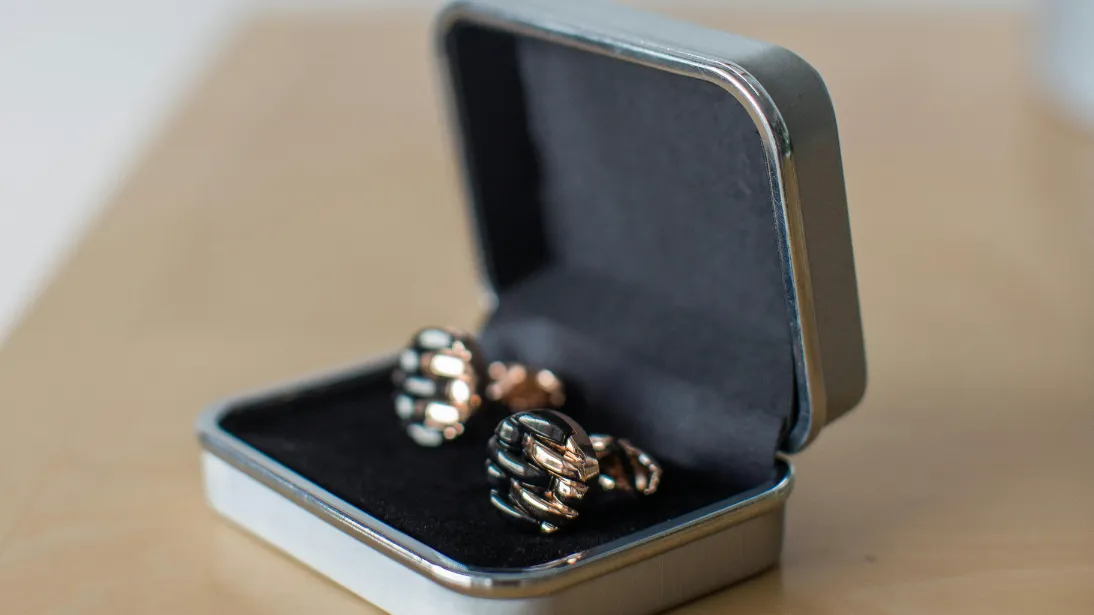
· We all know that creating gorgeous pieces is just the first step. To truly wow your customers (and build a brand that shines), you need packaging that’s as stunning as the jewellery itself. Think about it: that moment when someone opens your package is like a mini-event. It’s your chance to make a lasting first impression.… Continue reading Jewelry Packaging with Embossed vs. Debossed Text: Which Technique Adds More Value?

For many jewelry brands, jewelry boxes go beyond the meaning of containers, and serve as a carrier of jewelry brand stories and a bond of emotional connection with consumers. Richpack is a China jewelry box manufacturer with nearly 20 years of experience in jewelry packaging, and also provides exclusive custom jewelry box manufacturers USA. In Richline factory under Richpack, from high-end… Continue reading Jewelry Packaging with Embossed vs. Debossed Text: Which Technique Adds More Value?
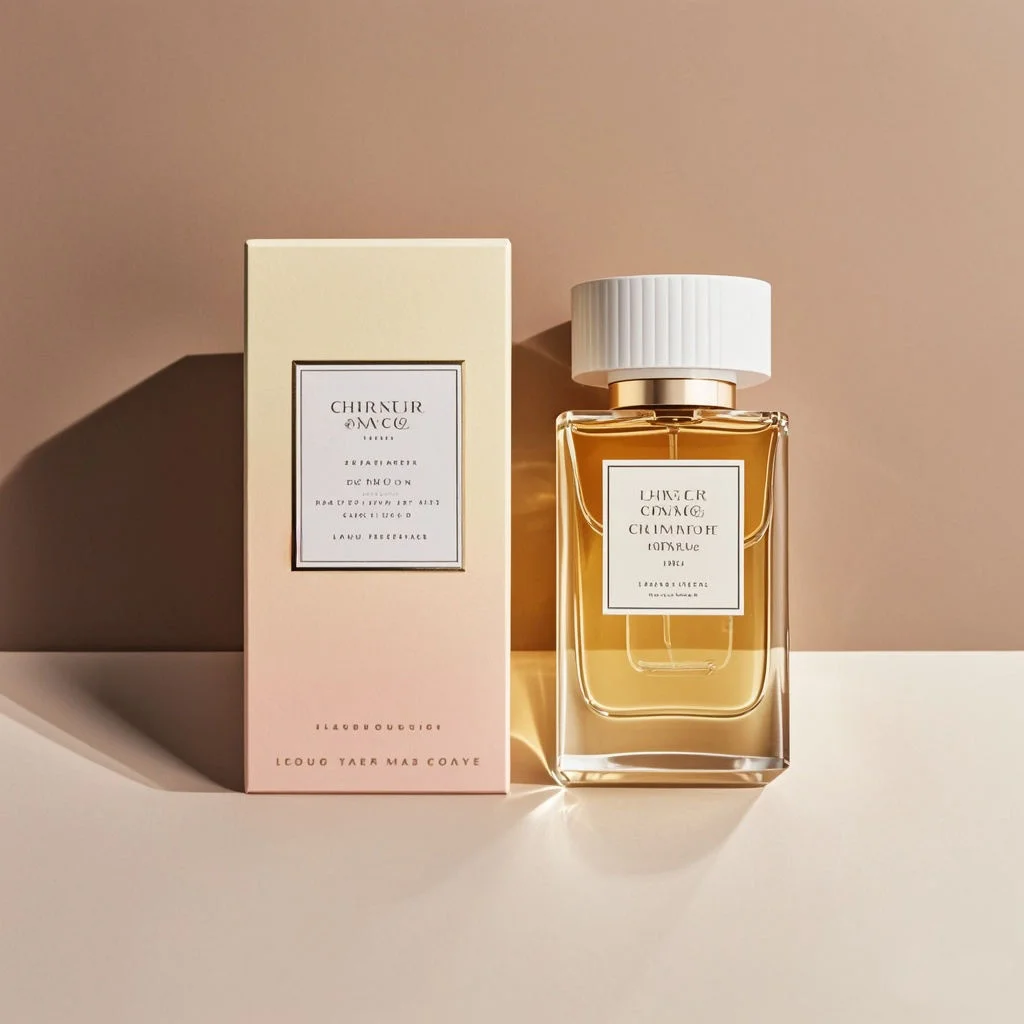
Eco-Friendly Perfume Boxes Made from Recycled Materials | Green and Customizable Packaging Solutions Perfect for Environmentally Conscious Brands

High-Quality and Innovative Reusable Jewelry Packaging Sets with Eco-Friendly Designs | Sustainable and Customizable Packaging Solutions
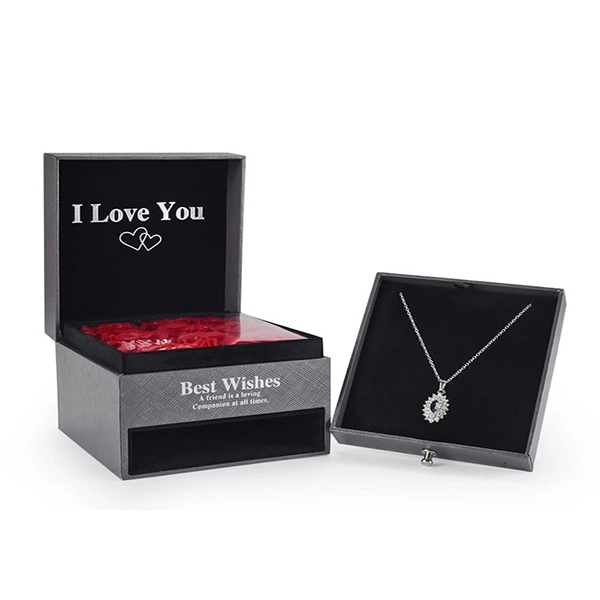
Personalized Packaging for High-End Tech Products | Designed for Technology Brands Requiring Elegant and Secure Packaging with Branded Elements
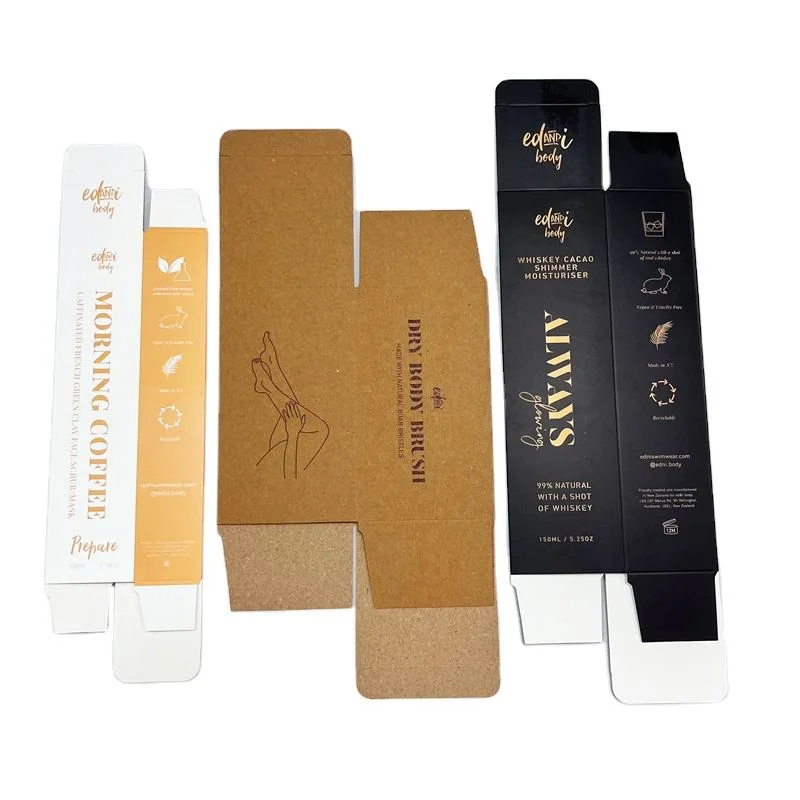
Affordable Bulk Cosmetic Packaging Solutions for Wholesale Distributors | Perfect for Merchants Needing Custom and Large-Scale Packaging
View More
Bespoke Wholesale Custom Printed Cosmetic Boxes for Beauty Brands | Ideal Packaging Solutions for Merchants Requiring Bulk Custom Orders
View More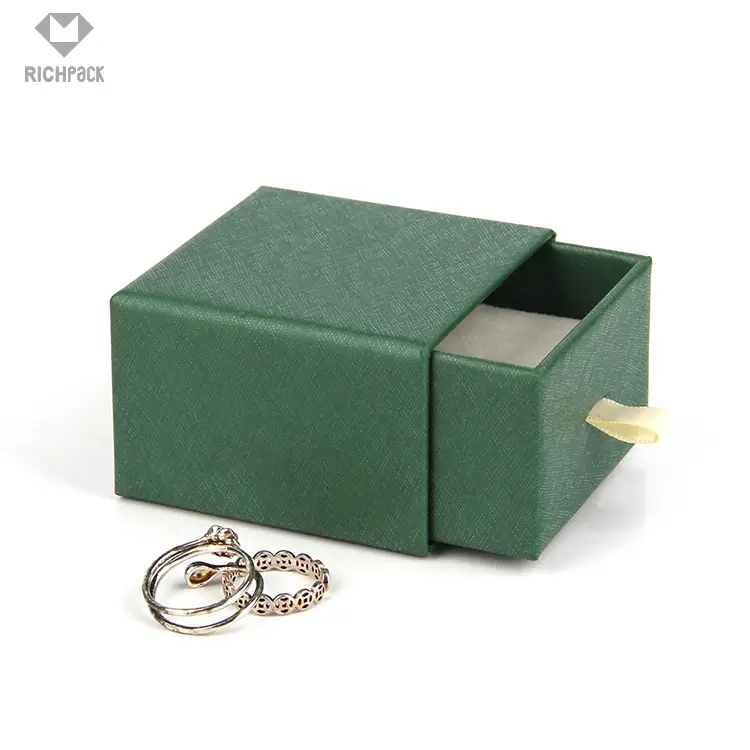
Custom Sustainable Packaging Solutions for Luxury Jewelry Brands | Crafted for Eco-Conscious Jewelers Needing Branded, and Elegant Green Packaging Options
View MoreJust submit your email to get exclusive offers (reply within 12 hours)